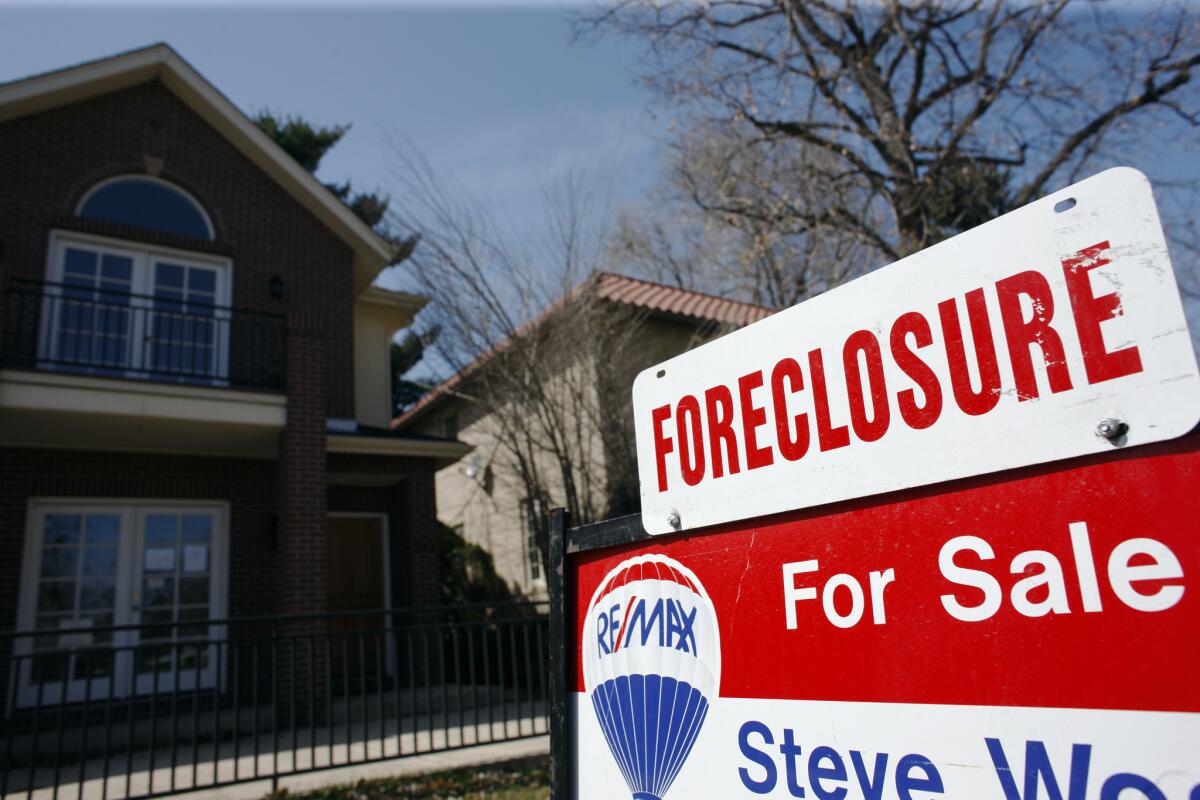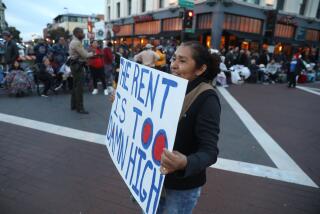The FHA: A home wrecker

Imagine that a federal agency wanted to hurt America’s working-class families on purpose. How would it inflict maximum damage?
It might start by aggressively marketing homeownership to marginal borrowers. It would tell them that bad credit scores aren’t a problem. It would push them into homes they can’t afford, saddle them with loans that barely build equity and provide no incentives for fiscal discipline. And when many of these homes go underwater and into foreclosure, it would leave families in financial ruin.
In short, such an agency would follow the Federal Housing Administration playbook.
That’s a shame, because Republicans and Democrats alike rightly applaud the FHA’s mission to provide responsible mortgage credit to low- and moderate-income Americans and first-time home buyers. But all too often, the FHA turns the American dream into a nightmare, setting up failure for the very families and neighborhoods its mission is to help.
This is not an isolated problem. A new study I completed at the American Enterprise Institute identified no fewer than 9,000 lower-income ZIP Codes where the projected foreclosure rate on loans insured by the FHA in fiscal years 2009 and 2010 is more than 10%. Overall, 1 in 7 families in these ZIP Codes stands to lose their home and their savings. Many areas had failure rates of 20%, 30% and even higher.
FHA policies are creating a real-life “tale of two cities,” with the worst of times concentrated in working-class neighborhoods. In Chicago, the five ZIP Codes with the highest projected failure rate ranged from 35% to 73%, while the five lowest stood at just 0% to 4%. The comparable figures for Los Angeles/Riverside/San Bernardino are 13% to 17% for the five ZIP Codes with the highest failure rate, while the five lowest were all at 0%.
Remember, these loans were written well after the housing collapse. Today, the FHA’s risky underwriting policies are backfiring in dramatic fashion in cities across America. Even in 2012, 40% of the FHA’s loans are subprime — having a credit score below 660 or a debt-to-income ratio of 50% or more. To put this in perspective, the median FICO score for all individuals in the U.S. is 720, and the foreclosure risk on FHA loans increases substantially once the debt ratio exceeds 35%. When combined with minimal down payments and a 30-year term that builds equity slowly, the result is mortgage malpractice.
The FHA doesn’t need to give up its mission. But it does need to acknowledge the harm its programs have caused. And it needs to follow a few simple principles that will stop setting up working families to fail.
First, end the practice of knowingly lending to people who cannot afford to repay their loans. The FHA uses its pricing advantages and lending policies to entice many low- and moderate-income families to take out irresponsible loans. Congress and the FHA refuse to stop this financing of failure because of special-interest groups. Start with the National Assn. of Realtors, which always supports looser standards because each marginal buyer represents another home sale, no matter how risky. Add community advocacy groups that promote “flexible” lending standards, which really mean risky loans with high default rates. Finally, the FHA focuses only on national averages while ignoring that the subprime loans it guarantees inevitably become highly concentrated in limited geographical areas.
To stop this harmful lending, the FHA should aim to cut its failure rate roughly in half, setting a maximum foreclosure rate of 10% on the loans it insures with an average foreclosure rate of 5%.
Second, help borrowers become owners, not debtors. The FHA nudges families onto a tightrope with no safety net, leaving them a broken water heater away from failure. Low-credit-score borrowers are eight to 14 times more likely to fail than a slightly less stretched borrower with the median credit score. Helping more borrowers take on 20-year, instead of 30-year, loans could cut their chance of losing a home 40%.
Third, concentrate on families that truly need help purchasing their first home. In recent years, the FHA has strayed far from its original mission, instead serving wealthier and wealthier home buyers as it quadrupled its insurance portfolio to $1.1 trillion. In fiscal year 2011, 54% of the FHA’s dollar volume went to finance homes that were greater than 125% of an area’s median house price. Since the FHA’s mission is to help low- and moderate-income home buyers, the homes it finances should cost less than the median. Additionally, first-time home buyers should be limited to below-median incomes and repeat home buyers to incomes less than 80% of the median.
Fourth, step back from markets that can be better served by private lenders and insurers. The FHA has advantages that allow it to offer much lower rates than the private sector. Unless these advantages are narrowly targeted, they lead to unfair and dangerous competition with the prime and subprime private sector and political interference. The FHA should reduce its market share from today’s 30% to a healthier 10% to 15%.
Taxpayers also have cause for concern. While recent data about sales volume and construction starts are encouraging, the same government mortgage complex that precipitated the crisis is still distorting the market. The FHA is just one part of that complex, and it’s in deep denial. Were it a private mortgage insurer, regulators would shut it down for having a current net worth of negative $25 billion. It hasn’t kept its own house in order, and as my research shows, it’s continuing to push low- and moderate-income borrowers to make big, bad bets on homes they can’t afford, with painful consequences.
Pursuing the American dream starts with a reality check. When Americans are given honest information about prices and risks, we make smart choices. But when the government tries to convince us that price and risk don’t apply, hope turns to hopelessness.
Edward J. Pinto, an executive vice president and chief credit officer for Fannie Mae in the 1980s, is a resident fellow at the American Enterprise Institute.
More to Read
A cure for the common opinion
Get thought-provoking perspectives with our weekly newsletter.
You may occasionally receive promotional content from the Los Angeles Times.






